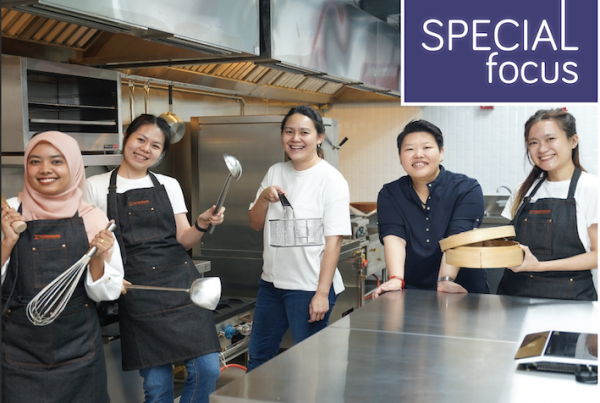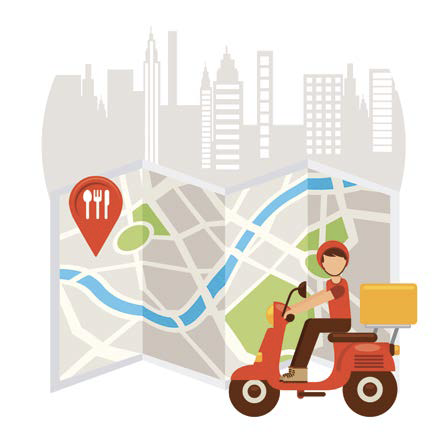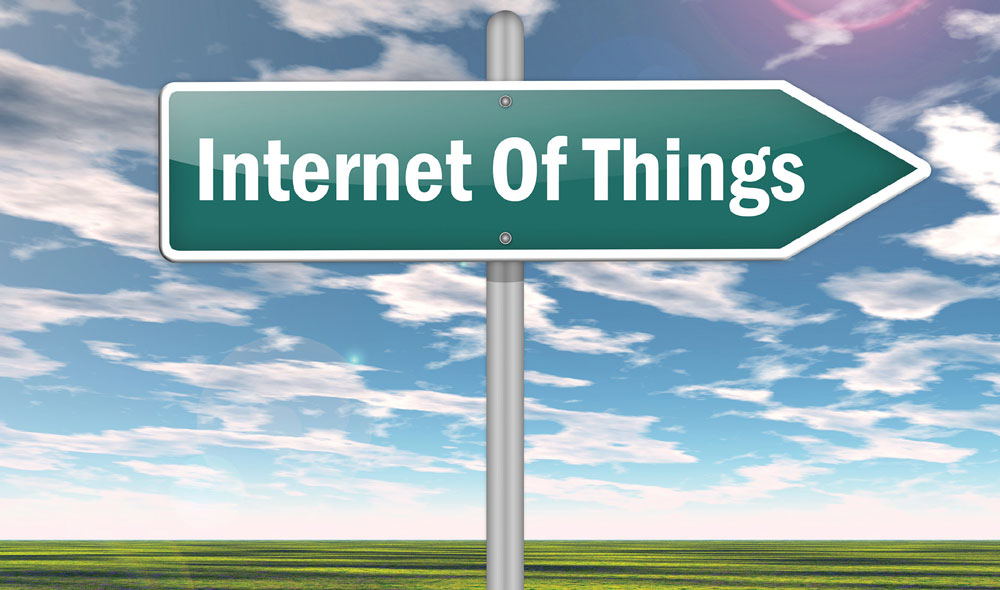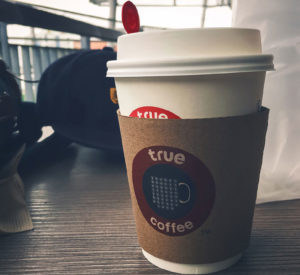 Think about this – it’s easy to despair at the scale of the task, but it isn’t beyond humanity to solve it. Food packaging ought to be a doddle, if more restaurants and operators were intentional about what’s possible and what’s not. So before you decide to recycle…
Think about this – it’s easy to despair at the scale of the task, but it isn’t beyond humanity to solve it. Food packaging ought to be a doddle, if more restaurants and operators were intentional about what’s possible and what’s not. So before you decide to recycle…
• WHY DON’T YOU BRING YOUR OWN CUPS AND CONTAINERS?
Since 2017, many customers in Malaysia began playing their part in saving the environment by choosing to bring their own cups and containers, as well as bottles and tiffin carriers to buy food and drinks. The awareness rose following the ban of polystrene containers, which made restaurants use plastic boxes instead. Most customers believed that there were better alternatives to storing hot food in plastic boxes. Another reason behind the movement was the sales of reusable containers in the market. These reusable containers are mostly BPA-free and safe to use in microwaves.
BUT IS THAT POSSIBLE?
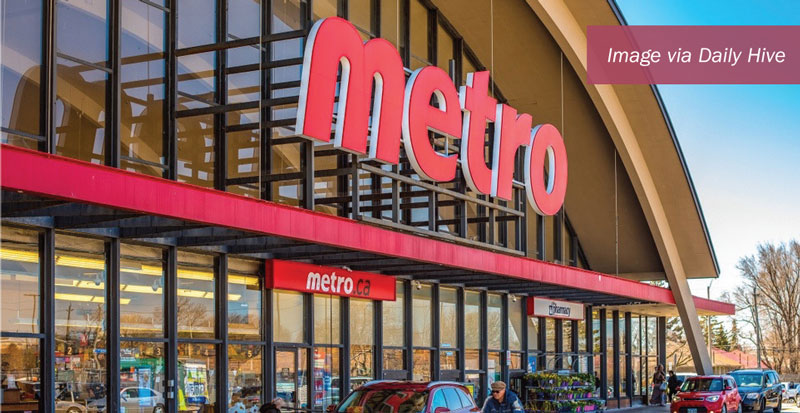
The Metro Grocery, Quebec
The Metro grocery chain allows customers in Quebec to bring reusable containers when they purchase fresh produce from the chain store such as the deli, meat, fish, seafood, pastry and ready-to-eat meals. While the initiative can be a great forerunner to reduce packaging waste and single-use packaging, there is a concern – hygiene. For that reason, the grocery and drug store company allows customers to use their own packaging with some simple rules:
• Containers (plastic containers or zipper bags) must be clean.
• Containers must not feature a company name.
• Containers should be filled with product from Metro and labelled by the staff during checkout. On top of that, the staff handling the containers are required to wash and sanitise their hands frequently to prevent contamination, and avoid contact between the containers and surfaces used to prepare and serve foods, according to the Metro’s website. Put together, the structure is meant to allow customers to bring their own containers or zipper bags from home without having to compromise the quality or safety of the products they purchase in the Metro stores.
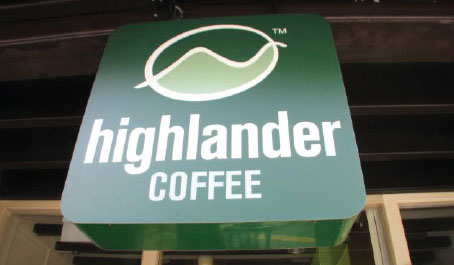
Highlander Coffee, Singapore
After realising the concerning amount of waste generated from disposable coffee cups including paper cups, the Highlander Coffee join to the “bring your own cups and containers” movement in 2017. In Singapore, these materials do not always get recycled, contrary to the wider perception that disposable cups are. To sensitive Singaporeans to the impact, the coffee bar tied up with the documentary, Trash Trail to offer drink discounts of 10 percent, S$0.50 or S$1 when customers bring their own tumblers. 11 cafes and restaurants partnered with the effort and considered the BYO discounts to be something that could be continued in the future.
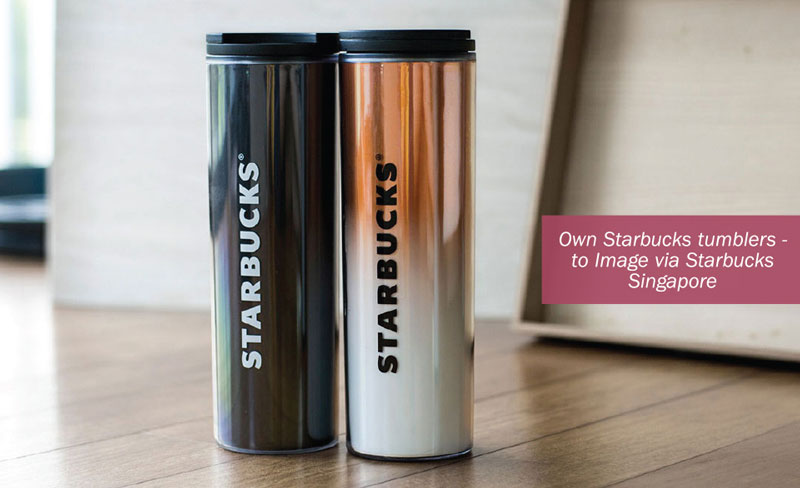
Starbucks, Malaysia, U.S, and Canada
Starbucks has a history of showing success in two interrelated green efforts – developing recyclable cups and encouraging the use of reusable cups among customers. In the U.S. and Canada, Starbucks offers a 10 cents discount to encourage customers to use their own reusable tumblers or mugs or tumblers to buy their beverages. Similarly, in Malaysia, a RM2 discount is offered when customers bring their own tumblrs to buy their beverages.
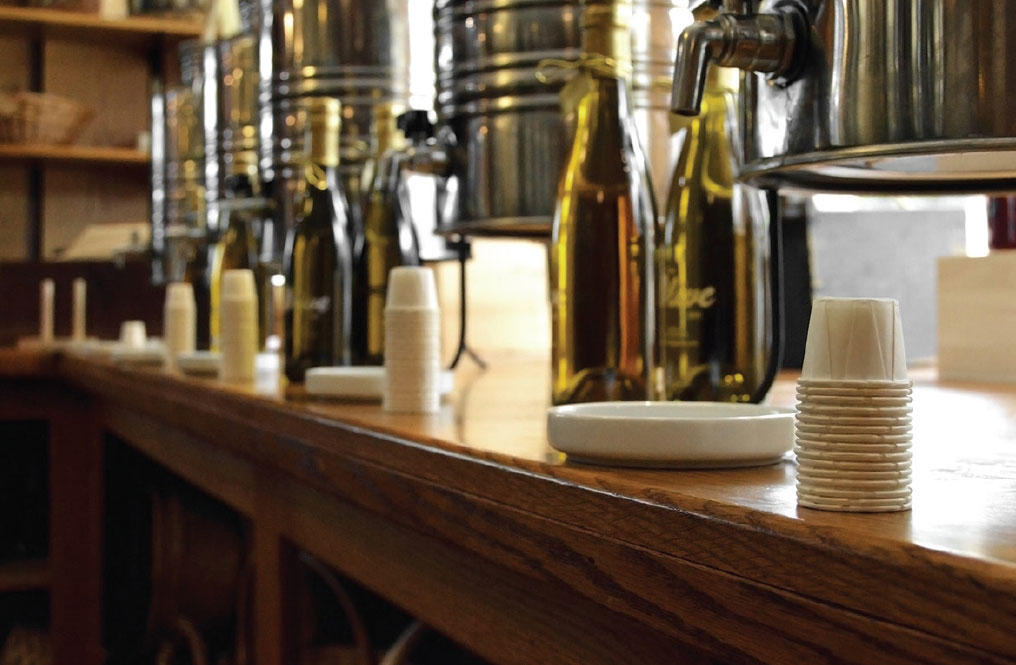
• WHY DON’T YOU…“REDUCE”?
The words “Reduce, Reuse, Recycle” mantra has been on for decades, a green solution by default. Despite recycling being a common concept, how well do we understand “reduce” at the first place? The word calls for a reflection of the things essential to a restaurant’s daily operations as well as the need and use of past, present, and future purchases. Taking into consideration the realities of business performance is as important as being aware of current consumption habits, and reducing unsustainable packaging or finding alternatives where possible. In your restaurant, start by paying attention to plastic in the materials and items you choose. As the dominating packaging material in the world and a growing consumption, plastic waste keeps accumulating despite the improved recycling schemes and energy production in major countries. Perhaps, for a start, you can start substituting the plastic take-away containers in your foodservice outlet with paper or an alternative that is more environmentally-friendly. There are plenty of solutions out there – Innovative packaging companies are making more biodegradable containers made up of compostable corn starch and wood.
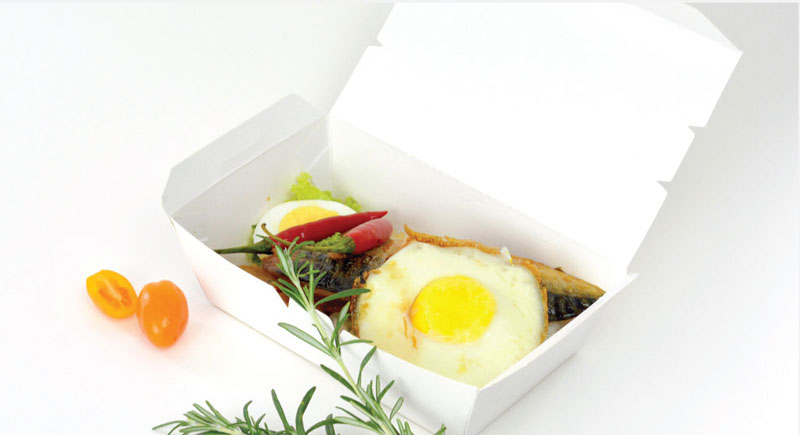
Foodabox seems to agree.
“Paper is sustainable and is easily accessible. Most importantly, it also allows restaurants to print its brand name and create a meaningful marketing campaign on the packaging,” the company quoted. As a company that focuses on eco-friendly packaging, Foodabox believes in helping restaurants build their brands. The company quoted, “Restaurants that opt for eco-friendly packaging usually have more competitive advantage over the others. Consumers feel good about their choice when buying food from eco-conscious restaurants. This will not only boost a restaurant’s reputation but also drive more sales to the restaurants.” “Yet, there is a concern. Eco-friendly boxes usually cost more than their non-eco-friendly counterparts but as more consumers begin to adopt it, the increasing volume and competition will drive down the costs.” For more information on Foodabox’ eco-friendly packaging products, you may visit foodabox.com.
BUT IS THAT POSSIBLE?
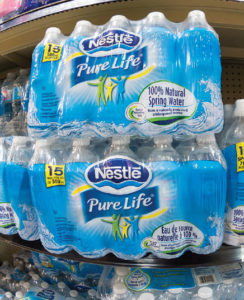 Nestle, Global
Nestle, Global
With many products packaged as singular servings, the company realises packaging is crucial to prevent waste. Using ecodesign tools and top-of-class materials and technologies, Nestle aimed to avoid the use of at least 100,000 tonnes of packaging material from 2015 – 2017. It successfully avoided the use of 58,284 tonnes of packaging material equivalent to a saving of CHF 95.4 million. In 5 years, the number is equivalent to the avoidance of 442, 946 tonnes of CO2eq or eliminating 95, 876 cars from the road for a year.
Green Council Hong Kong
Closer to home, this concept involves purchasing through the life cycle of products and services. Using raw produce as an example, green purchasing includes initiatives such as working with suppliers of local produce (to decrease your company’s carbon footprint) and streamlining your packaging. The use of green labelling allows buyers to identify eco-friendly products.
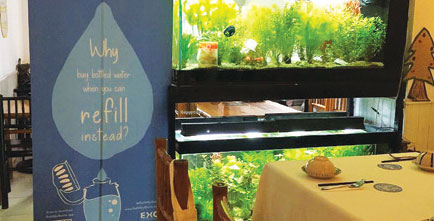
Royal Saigon Restaurant, Vietnam
This restaurant works on reducing the plastic they use especially straws, bottles, and packaging for delivery-services. Since January 2018, the restaurant has been conscientiously reducing waste by taking these steps:
• Banning plastic straws (since January 2018).
• Banning plastic water bottles (since April 2018). In the restaurant, water is now served in reused glass bottles and metal jugs.
• The company also joined the RefillMyBottle app that was effective in October 2018, a joint effort that allows customers to refill their bottles at a small fee at their restaurant.
• Regulating takeouts (since April 2018). In order to reduce packaging options that uses plastic bags and boxes, the restaurant offered the option to order directly with them. By agreeing to get delivery from the restaurant, the customer will also join the bento box program whereby bentos made from steel are delivered to customers.
• Introducing other packaging options. The restaurant also switched to eco-friendly boxes and even decided to charge a small fee for take outs
 McDonald’s Global
McDonald’s Global
While McDonald’s is known for its high volume of packaging, the brand has taken some serious efforts in listening to customers who are concerned about the environment. The brand has not only phased out polystyrene sandwich boxes, but also significantly reduced its environmental impact by cutting solid waste and streamlining material choices. Its two significant efforts are constant rethinking packaging by working with packaging specialists to reduce material volume where possible, and designing packaging to recapture the value of materials through recycling.
Eliminating more than 300 million pounds of packaging, the initiative sucessfully recycled 1 million tons of corrugated boxes and reduced waste by 30% in the decade. Some other efforts over the recent years include:
• In 2017, 50% of McDonald’s guest packaging came from renewable, recycled or certified sources. There was also a significant progress on fiber-based packaging, which comprises the vast majority of what the brand uses.
• In 2017, 70% of McDonald’s fiber-based guest packaging came from certified or recycled sources.
• In 2018, the use of foam was put to an end to all guest packaging in consideration of the requirement that foam cannot be used for any local guest packaging items in the foodservice markets. • As of 2018, McDonald’s joined forces with Starbucks as a convening member of the NextGen Consortium and Cup Challenge to develop a fiber to-go cup and create a fully and widely recyclable and/or compostable cup in collaboration with Closed Loop Partners.
• WHY DON’T YOU STOP USING PLASTIC STRAWS?
Much recently, things have also changed with the “no straw ban” initiative in Malaysia. The initiative that has been introduced in certain parts of Selangor is only a sneak peek of what’s coming up in 2020. The “no straw policy” will be a mandatory requirement for the passing of business licence for the coming year. In other words, the full enforcement of the ban on plastic straws would only take place from Jan 1, 2020. Survey shows that some food operators in the Klang Valley had taken their own initiative to accommodate the no straw policy adoption. Some stopped distributing plastic straws, some others provided straws only upon request. Customers are also encouraged to use metal straws or straws made from other biodegradable materials as a substitute. Everything in a restaurant business involves decision making, and that involves your mind and will. So, instead of falling into a routine, why not “rethink” and choose to create a new one?







